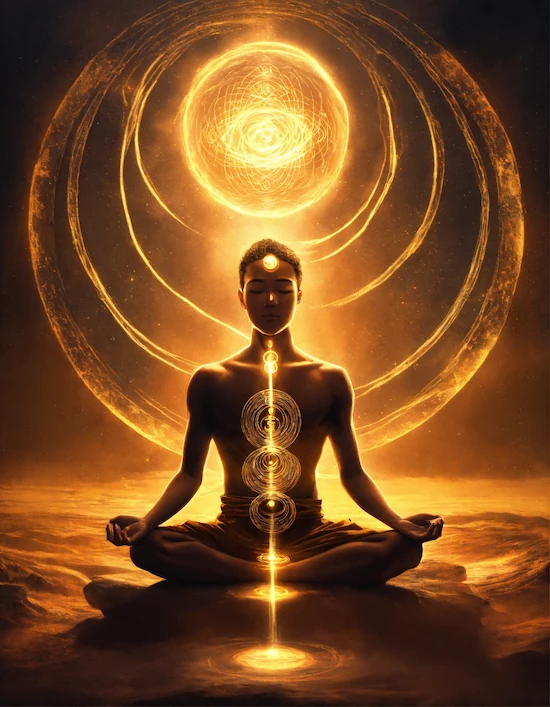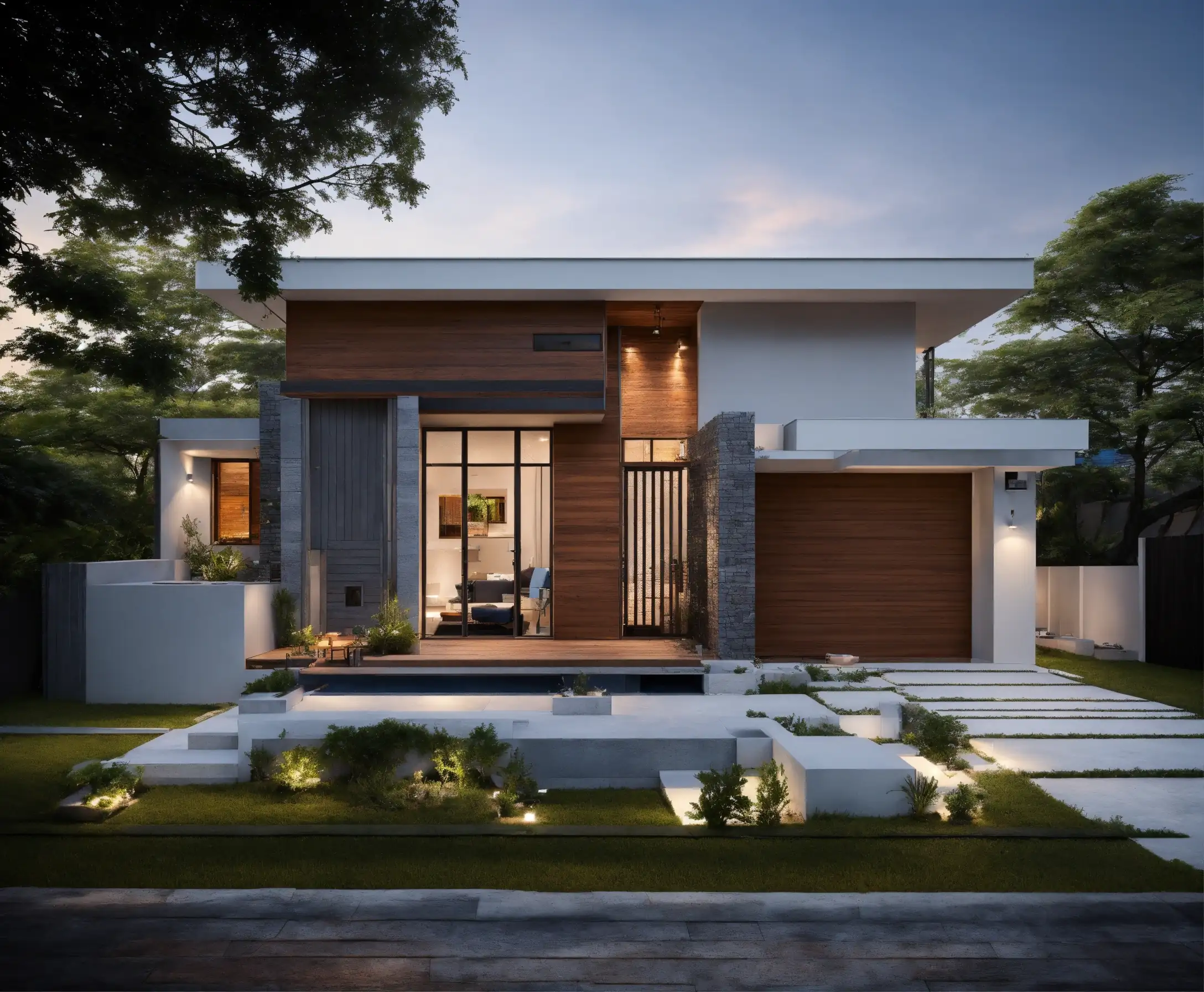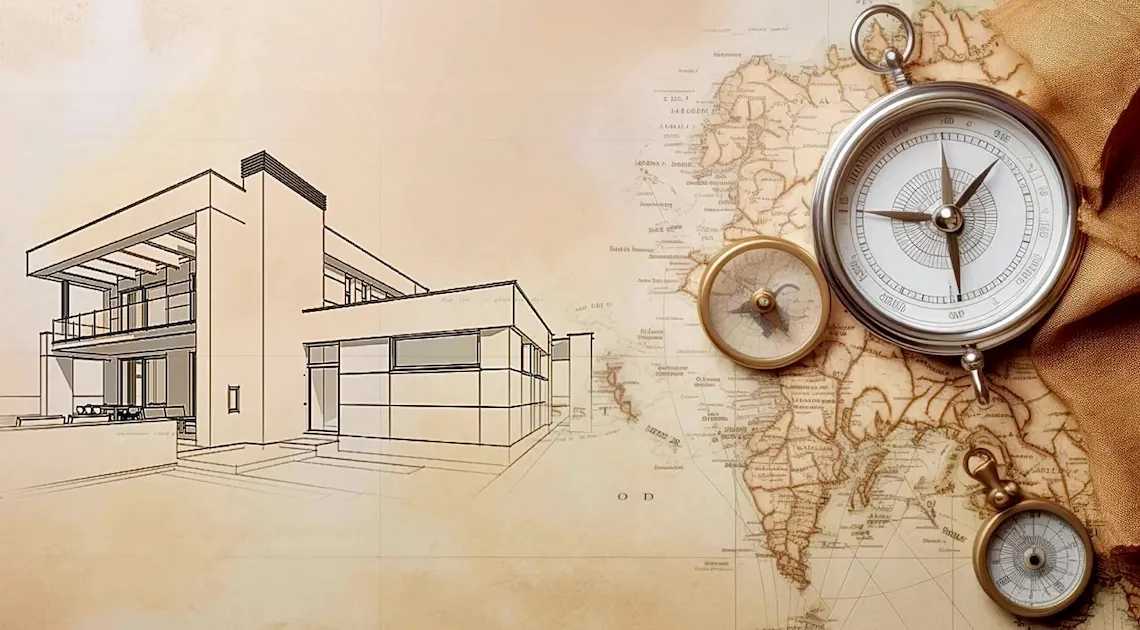Vastu Architecture

Vastu Shastra is an ancient Indian science of architecture created thousands of years ago. Originally derived from the Sthapatya Veda. The objective of Vaastu Shastra is to bring physical, mental and spiritual well-being.
Unlike contemporary architecture, Vastu takes into account the subtle energy flows of the living space that affect people’s lives when designing. Vastu is science and philosophy in one.
India’s ancient Law of Microcosm and Macrocosm, a general rule of metaphysics developed by sages, states that Vastu teaches that every human being is a living microcosm of the universe, a tiny independent cosmos that reflects the vast cosmos outside.
The universe is an infinite vastness that resonates and lives. Its creation is caused by vibration. There is no life without vibration. Every beginning is a spark that begins to vibrate, expand and embody itself.
The word Vastu (Sanskrit) comes from the root “vas” which means “to live, to exist”, and the second definition is related to the meaning of the word to dwell. Vastu with a short “a” is free and unbound energy, and Vaastu with a long “a” is matter or embodied energy, a bounded space that is a living organism.”
Dr. Ganapati Sthapati
“Space is filled with energy or charged with energy. If this energy space is confined or enclosed by four walls, then the object becomes a living organism, which has a rhythmic vibration. Just like the inner space enclosed in our bodies, the house also feels and vibrates. This rhythmic vibration is made to resonate with our inner vibrations and through this resonance the inhabitant of the house can be in harmony and communion with the universal space (Paramatma) and experience spiritual bliss.”

Elemental forces
The building that bounds the space is filled with eight elemental forces, four rough elements in the corner areas (water, fire, earth and air), while the primary element of space (energy) is active in the center.
In addition to these five, the enclosed space – the object is filled with three more elements on a subtle level, sound, light and pulse. The gross five and these three subtle ones make up the eight elements of which every living being is composed.
The goal of Indian architecture is to enable man to live in harmony not only with gross nature (matter) but also with subtle nature (energy).
Basic principles of Vastu Shastra – Indian architecture
We have all had some experience with places where we feel uncomfortable, where we sense that something is not right the moment we enter. If you live long enough in harmonious conditions, you can expect those conditions to support you in your pursuit of enjoying the good things in life: good humor, good health, prosperity, a happy family, harmonious relationships with friends and neighbors, a successful career, and ultimately, increased longevity. But if you spend too much time in conditions that do not suit you, events such as: illness, poverty, conflict, irritating neighbors, obstacles to life’s progress – become much more likely.
The force that creates these feelings within us is the life force, which in Sanskrit is called Prana (in Chinese, qi). Prana is the life essence, the vitality of all living things, the power that guides us on our journey through life, the energy that, encompassing the organism, allows its body, mind, and spirit to function effectively as a unified being.
Prana flow in the facility
To enable the proper flow of prana in a facility, the following is important:
- Selection of land
The land around the building should be flat or with a slight slope to the east, northeast, north and/or northwest. It is best if the building is located in the middle of the land/plot or in the Southwest.
- The orientation of the building and the shape of the building in relation to the network of the Vastu purusha mandala
In Vastu we talk about 4 main directions N-S, E-W and 4 sub-directions NE-SW, SE-NW, in addition, each of these eight directions is affected by a certain planet NE -Jupiter, I – Sun, JI – Venus, J – Mars, SW – Rahu/Ketu, Z – Saturn, SZ – Moon, S – Mercury.
According to Vastu Shastra, a grid of energy lines covers the planet Earth. The lines are conduits through which the energy concentrated in the center of the vital Earth flows and spreads across the Earth. They are also lines of absorption of solar, lunar and stellar energy. The earth pulses with life and radiates its energy through this grid system. Vastu states that all planets are filled with the ocean of space, which is the source of energy that sustains all embodied energies including man and other living beings living on Earth.
- Proportions – Sacred Geometry
Ayadi calculations are ancient mathematical formulas used by professional Vastu scholars to assign a vibration or frequency to a physical form and to create an energizing and healing resonance within a building.
- The main entrance and openings to the building
According to Vastu teachings, the entrance to the house should be on the north or east side.
Since the energy flows move from north to south, they freely enter the living spaces and spread freely in them.
For example if the entrance door is facing east, it meets the Sun and its energies, which are connected with the movement of vital energy – Prana. Solar energy is most active and powerful in the morning. It is useful for promoting health, it contributes to the success and clarity of mind of all the residents of the house.
By correctly choosing the location of entrance doors and openings, we can ensure the proper flow of Prana in the building. The position of the front door has a great influence on the energy of the building.
Room arrangement and Bramastan
The layout of the rooms should be in accordance with the Vastu Purusha mandala, that is, with 5 elements and 9 planets we establish a balance that supports the object.
East: office/study, study, bedroom for a young couple who wants a child, balcony.
Northeast: meditation room, place for a fountain and altar, balcony.
North: office, space for a safe with valuables or money, hallway, balcony.
Northwest: study, guest room, children’s room, toilet, bathroom.
West: children’s room, living room, storage, toilet.
Southwest: bedroom for adults, storage, heavy things, toilet.
South: dining room, massive stairs, bedroom for adults, storage.
Southeast: kitchen, fireplace.
The toilet should never be in the S, NE and E, an exception may be a bathroom without a toilet bowl in the S and NE.
Brahmastan
The central core of the object—the central channel for light, heat, ether, and Prana as they move in and out of the form that surrounds it—is called the Brahma Sthana (‘place of the divine’). In order to provide space for the free circulation of these life-enhancing energies in the building, the Brahma Sthana should be a free space without objects, walls, toilets.




